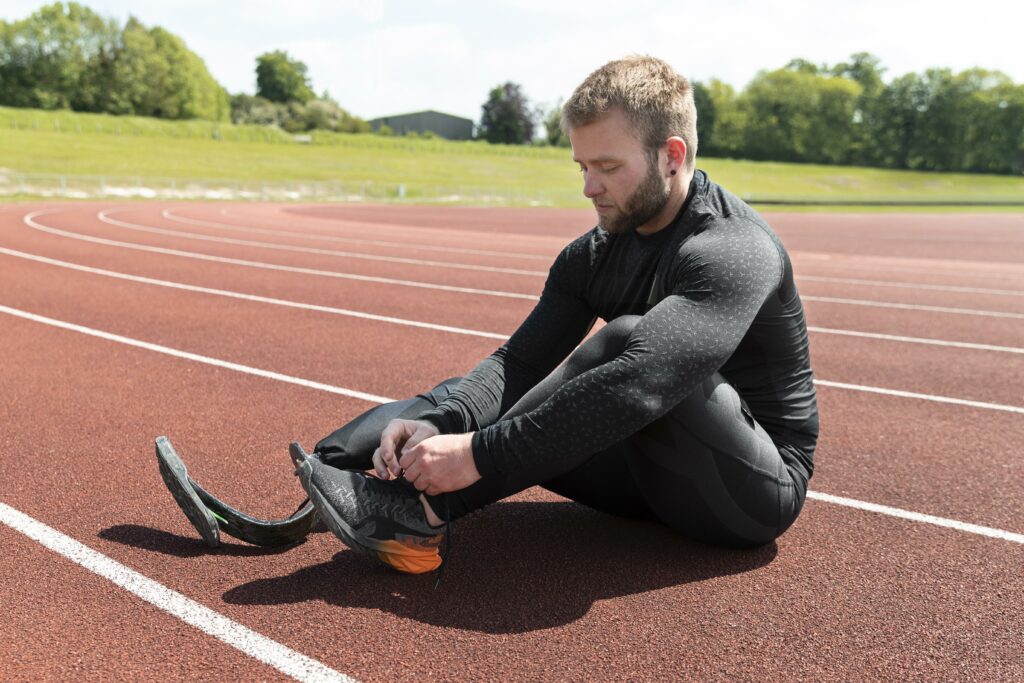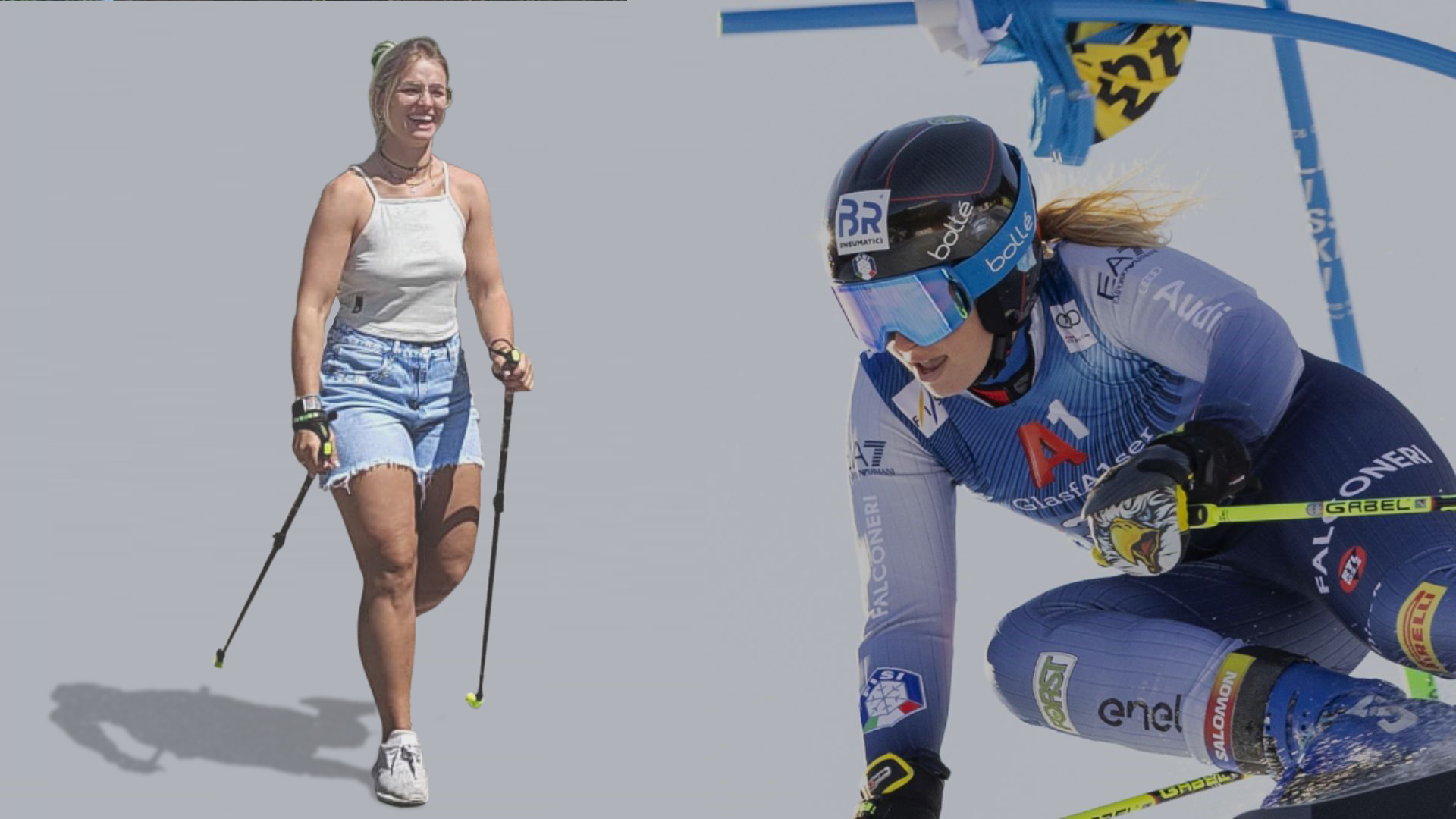In an athlete who suffers an injury, a series of rehabilitative stages follow, allowing them to optimize their return to performance.
The initial phases will focus on resolving pain, swelling, and inflammation, followed by the recovery of flexibility and joint range of motion (ROM). Gradually, attention will shift to restoring the primary motor abilities: conditional abilities (strength, endurance, speed) and coordinative abilities (reaction, rhythm, balance, orientation, differentiation, combination, transformation). The final phase will be the return to sport, focusing on recovering technical sports movements and optimizing performance.
Coordinative abilities, therefore, are among the motor prerequisites for performance, and together with balance, they are intrinsic to movement. In other words, “it is impossible to perform a movement correctly without the involvement of both.”
It is therefore evident that these two abilities are the pillars of body control. Consequently, especially after a period of inactivity due to injury, it is crucial to train them precisely and effectively based on individual goals.
For example, consider unilateral injuries, where it is essential to work intensively on rebalancing the injured side with the healthy one to return to optimal performance.

Bibliography:
https://langs.physio-pedia.com/it/return-to-sport-it
https://www.hsnstore.it/blog/sport/fitness/coordinazione-ed-equilibrio



Lascia un commento